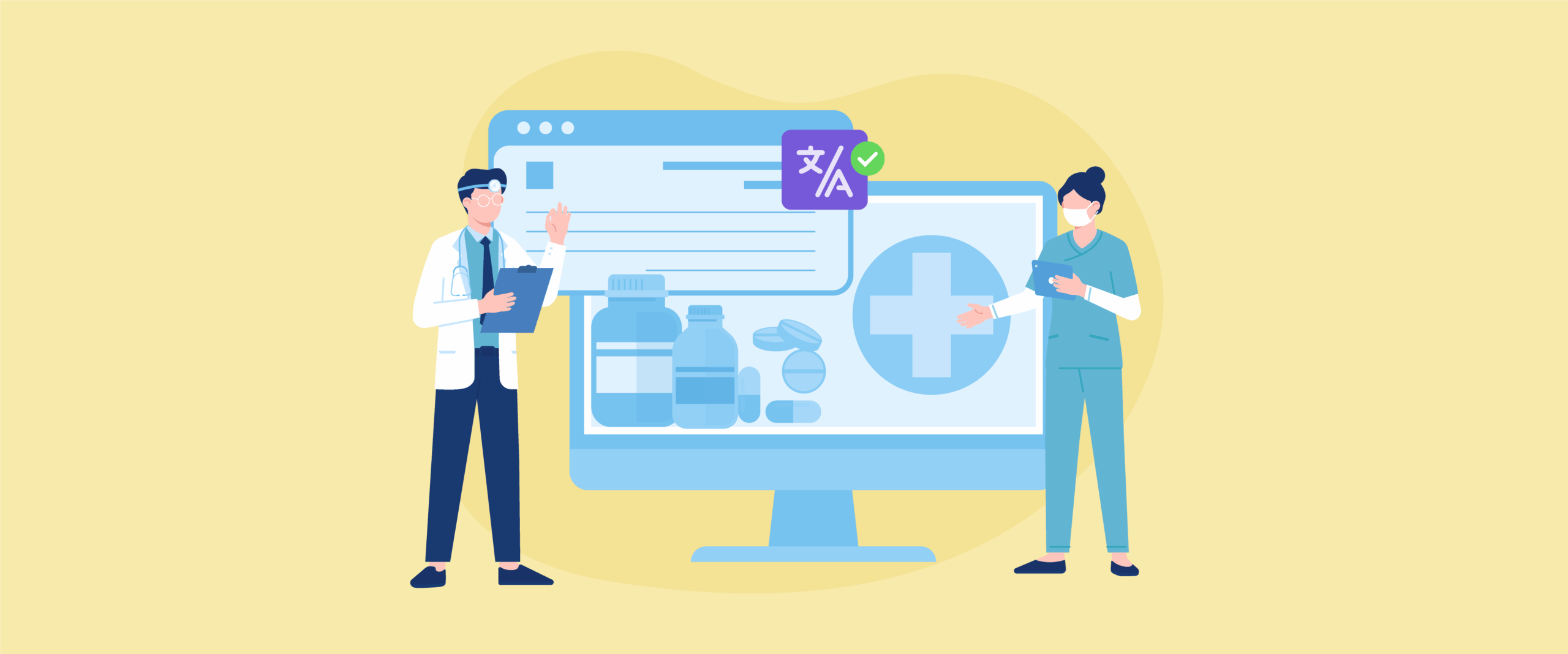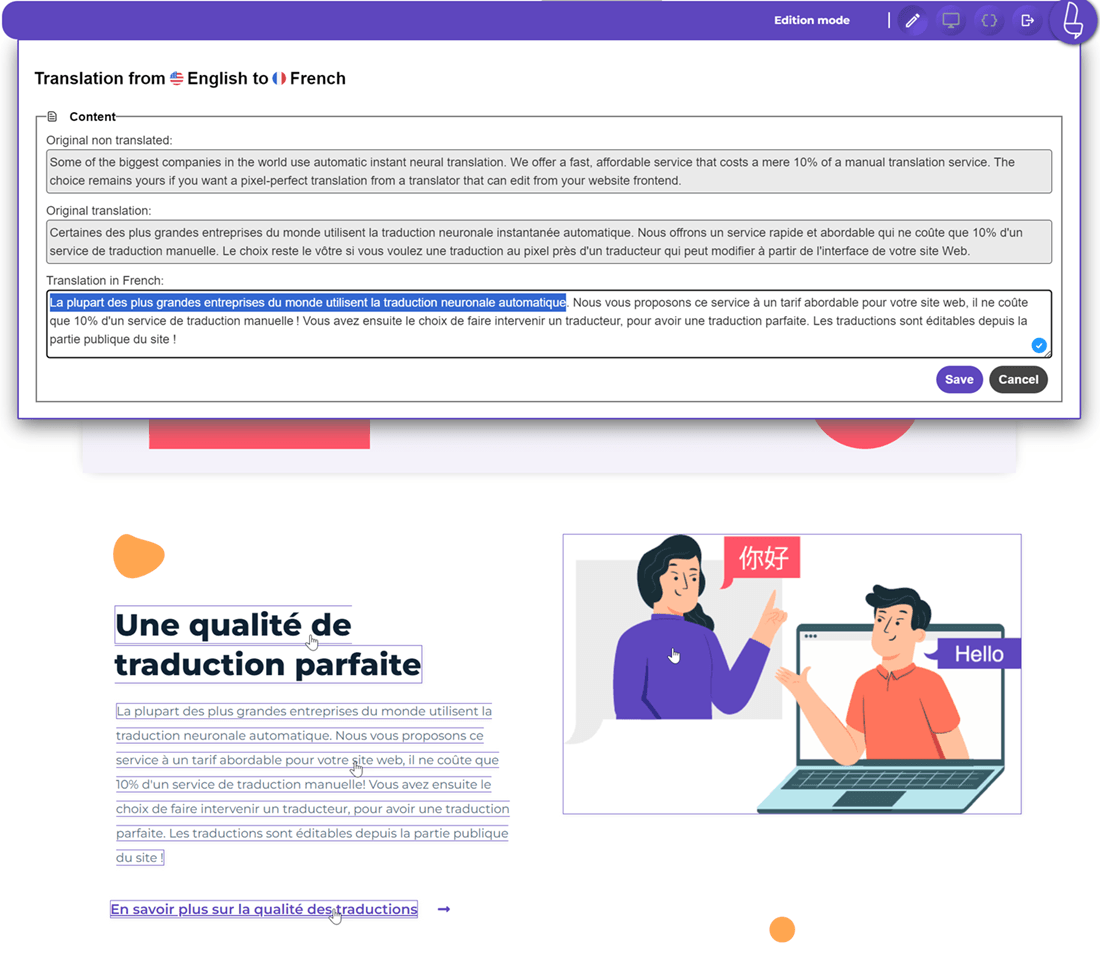Healthcare websites carry highly sensitive information, from medical product descriptions to usage guidelines to patient rights. A small mistake in translation can have a big impact, from misunderstanding to legal or patient safety risks.
That’s why translating healthcare websites requires a specialized approach. In addition to language accuracy, two other priorities should be prioritized, compliance with regulations in different countries and consistent management of medical terms. This article will help you understand both aspects and provide a practical overview of translating websites safely, accurately, and according to international standards.
Why is compliance critical in healthcare website translation?

Translating healthcare websites cannot be confused with translating regular websites. International rules and standards govern health information, medicines, and medical devices. If the translation does not comply with the regulations, the impact can be serious for patients, doctors, or other users. Here are some reasons why.
- Protecting patient safety – Incorrect or inaccurate information can lead to misunderstandings when patients read instructions for use, product descriptions or medical procedures.
- Prevent legal risks and fines – Many countries have strict regulations regarding health information. If your website violates these rules, it could face sanctions, fines, or even a ban on product distribution.
- Preserves brand reputation – Translation errors can damage public trust in your company or healthcare service, especially in a highly sensitive field like healthcare.
- Ensure equal access to information – Patients from different language backgrounds often access healthcare websites. Standardized translations help everyone get accurate medical information.
Key compliance areas for healthcare websites

Healthcare websites are an important part of healthcare itself. As such, a number of areas must be taken into account when translating or managing the content of these websites, especially when it comes to compliance with international standards and regulations. Here are the main areas of concern.
Patient information and consent forms

Patient information and consent forms are one of the most sensitive components of healthcare websites. These forms explain medical procedures, benefits, risks, and patient rights and obligations. Inaccurate translations can misunderstand patients and potentially jeopardize their safety.
Each country has its standards regarding informed consent. If your website provides these forms in multiple languages, they should be consistent, clear, and in accordance with the medical terminology applicable in each country or region.
The following example shows an official page of a healthcare provider that provides access to medical record copy request forms in several languages. Information such as this should be translated consistently, clearly and according to accepted medical terminology, to avoid any misinterpretation to the detriment of the patient.
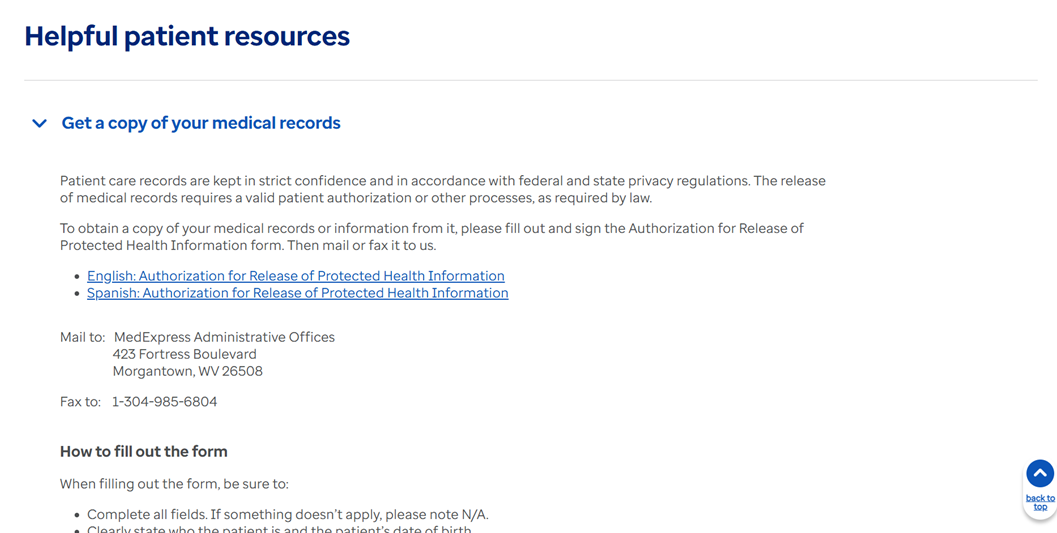
Drug and medical device information
Information about medicines and medical devices must adhere to strict rules from local and international authorities such as the FDA (United States) or EMA (European Union). This includes product description, composition, usage, warnings, and side effects.
If the translation of product information is not up to standard, it can lead to dangerous misuse.
This is an example of what an official page of an international medical device provider might look like, providing important instructions on medical procedures and the use of medical devices. Information like this must be translated very carefully to avoid misunderstanding, especially when it comes to instructions on the use of cardiac devices or other critical medical procedures.
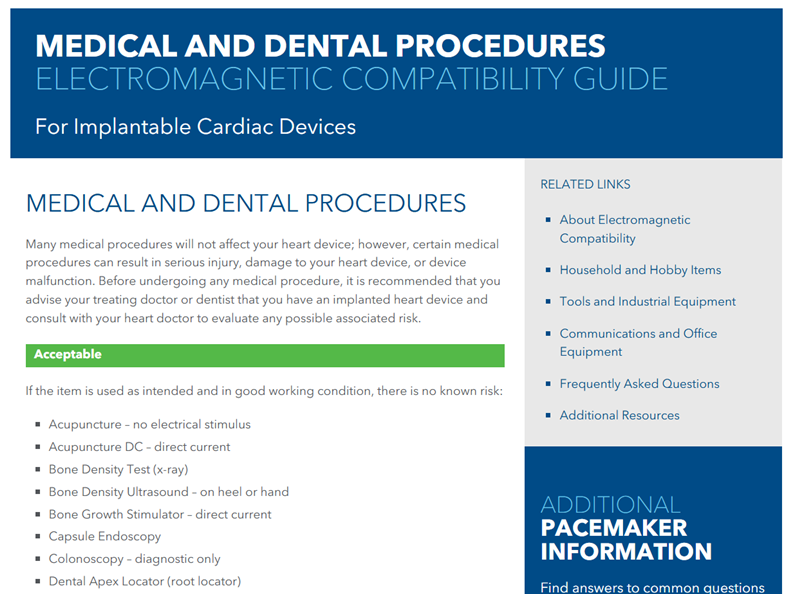
Clinical trial documentation
Clinical trial documentation is an important part of the medical research process that involves participants from different language backgrounds. All information, from research protocols, participant recruitment materials, to consent forms, should be available in a language that potential participants easily understand.
Translation errors in clinical trial documents can lead to misunderstandings, unknowing participation, or even invalidate the validity of the study results. Therefore, research institutions or pharmaceutical companies must ensure that all documents are professionally translated while adhering to international medical standards.
Clinical trials are divided into several phases, each with different objectives and requirements. Below is an illustration of the four standard phases of clinical trials, which highlight the importance of clear, accessible, and accurately translated information for participants worldwide.
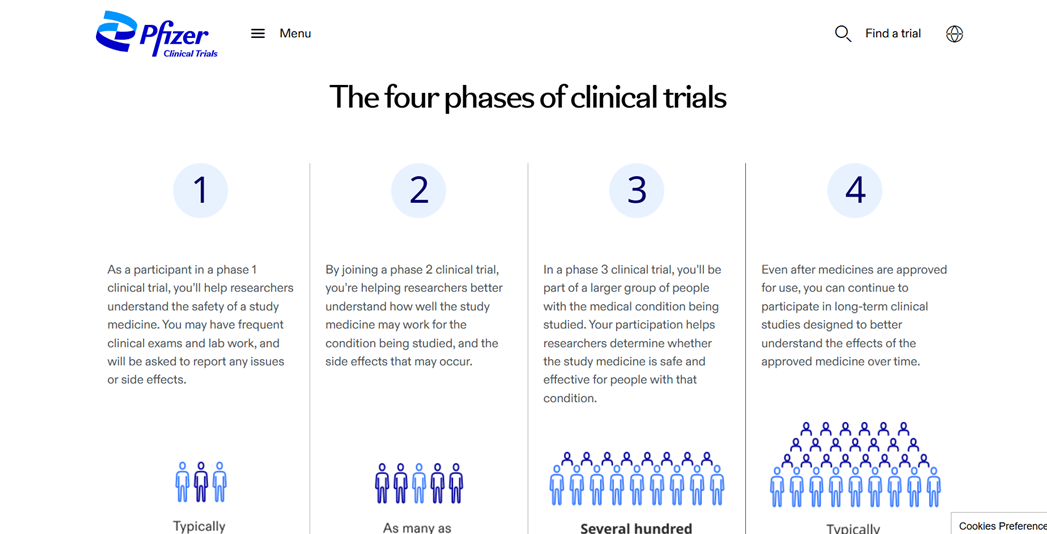
Terminology and medical language challenges

One of the biggest challenges in translating healthcare websites is ensuring that medical terms remain accurate, consistent and easy to understand across all languages. Medical terms don’t always have direct equivalents in other languages; there are cultural variations and differences in standards between countries. Here are some of the main challenges that are often faced.
Complexity of medical language

Medical language is highly complex, as many of its terms are derived from Latin and Greek. For example, cardio (heart) or neuro (nerve) are basic words that often appear in medical terminology. Translators must understand the roots of these words to ensure an accurate translation, not just a literal rendering of the word.
In addition, medical terms constantly evolve as science advances. For example, new terms emerge related to medical technology, pandemics, or modern treatment methods. Healthcare websites need to be constantly updated, including ensuring new terms are translated correctly so that users get the most accurate information.
Not only that, each medical branch has its specific vocabulary. Fields such as oncology (cancer), cardiology (heart), or neurology (nerve) have very specific technical terms. Translators must understand these fields to use the right terms, whether for educational content, product information, or official documentation.
Standardization across languages
Standardization of medical terms is essential to maintain consistency across languages. One example is the use of International Classification Systems, such as the ICD (International Classification of Diseases) issued by the WHO. Codes and terms in this system must be used appropriately, whether in official documents, websites, or educational materials.
In addition to the ICD, there are also standards such as SNOMED CT (Systematized Nomenclature of Medicine – Clinical Terms), which helps in harmonizing clinical terms between languages. Doctors, patients, and medical personnel in different countries can understand medical information uniformly with this standard.
Pharmaceutical nomenclature or drug naming must also comply with international standards for the pharmaceutical industry. For example, the generic name of a drug or active ingredient must be translated consistently without changing the meaning or causing confusion. This standardization makes it easier for patients, medical personnel, and regulators to understand product information correctly.
Cultural and regional variations

Translating medical terms also requires understanding each region’s cultural variations and health practices. For example, some countries have different local medical practices or traditional treatment methods. Website content must be adapted to keep it relevant and easy for local people to understand.
In addition, some regions still integrate traditional medicine, such as herbal medicine, acupuncture, or herbs, into their healthcare systems. In such cases, terms related to traditional medicine need to be translated carefully without ignoring local culture or triggering misinterpretation.
Finally, the dominant health conditions in a region also influence the terms used, such as regional disease prevalence, such as malaria in the tropics or Lyme disease in Europe. Healthcare websites should take these factors into account so that the information provided is appropriate to local needs, including when translating health education or product guides.
Best practices for healthcare website translation

Translating a healthcare website should not be done carelessly, especially relying solely on a general translation machine. Standards and best practices must be followed so that the translation results remain accurate, consistent, and in accordance with the rules that apply in each country. Here are some important steps that must be implemented to ensure that your healthcare website translation meets international standards.
Building specialized translation teams
Translating healthcare content requires a team with specialized skills, not just general translators. Medical translation expertise is a must, meaning that translators must understand medical terms, scientific language structures, and the context in which terms are used in healthcare. Without this expertise, the risk of translation errors is very high.
In addition, it is highly recommended that subject matter experts (SMEs) or experts in the medical field be involved. They act as validators or reviewers to ensure medical terms are used appropriately. For example, doctors, pharmacists, or other medical personnel who are familiar with the subject matter can help check the translation before it is published.
Finally, the translation team must undergo continuous training and certification. The medical world is always evolving, so it is imperative that translation teams keep their knowledge up-to-date, attend training or obtain specialized certifications in medical translation to ensure translations remain relevant and up-to-date.
Technology solutions and tools

Technology is very helpful in translating healthcare websites, especially to ensure that the translation results remain accurate, consistent, and easily understood by all audiences. One solution that can be relied upon is Linguise, a Neural Machine Translation (NMT)- based translation service that can translate all pages of a website quickly and naturally without sacrificing quality.
Linguise’s advantage lies not only in speed and accuracy but also in maintaining term consistency across all web pages. It is equipped with a storage feature for previously translated terms or sentences, so when the same term appears in other parts of the website, the translation remains uniform.
This feature is especially useful for healthcare websites with many specific medical terms that must be used consistently across all languages.
Review and validation processes
Translating medical content requires a multi-level review system. Translations cannot be published immediately but must go through several stages of checking. This process includes checking grammar, accuracy of medical terms, and content conformity with international standards in the field of health.
In addition, there is an important stage in the form of medical expert reviews, a validation process by medical experts. They ensure that every term, procedure, or health information translated is correct, easy to understand, and does not cause misinterpretation that could be risky for patients or users.
Equally important is linguistic and cultural validation, where the translation team ensures that the translation remains within local culture and norms. Tools like Linguise are very helpful in this process because they provide a live editor feature. This feature allows the translation team or medical experts to adjust or correct the translation on the web page in real time if inaccurate terms are found. This way, the validation process is more efficient, accurate, and controlled before the content is published to the public.
Regulatory updates

The world of healthcare is always evolving, as are the regulations regarding translating medical content. Therefore, the translation team or website manager must always follow the regulatory updates that apply in each target country, such as changes in EMA policies in Europe or new rules from the FDA in America.
These updates apply not only to new content but also to existing content. Healthcare websites need to be adjusted if there are regulatory changes, whether in terms of product naming, safety warnings, or information delivery procedures.
Failure to keep up with regulatory developments may result in legal risks or sanctions. Therefore, it is important to work with a team or service provider that tracks regulatory changes to ensure your healthcare website remains compliant and safe for patients from different countries to access.
Conclusion
Healthcare website translation is all about ensuring that medical information is conveyed accurately, consistently, and by health regulations in various countries. A small error in terminology or translation can have a big impact, ranging from legal risks to patient safety. Therefore, healthcare website translation must be done with a specialized approach, involving a team of experts, advanced technology, and a rigorous validation process.
If you’re looking for a fast, accurate, and time-saving solution to translating healthcare websites, Linguise is the right choice. With neural translation technology and a live editor for real-time adjustments, Linguise helps you deliver a multilingual website that remains consistent, secure, and compliant with international standards. Try Linguise for your healthcare website and ensure your content is safely accessible to patients worldwide.

